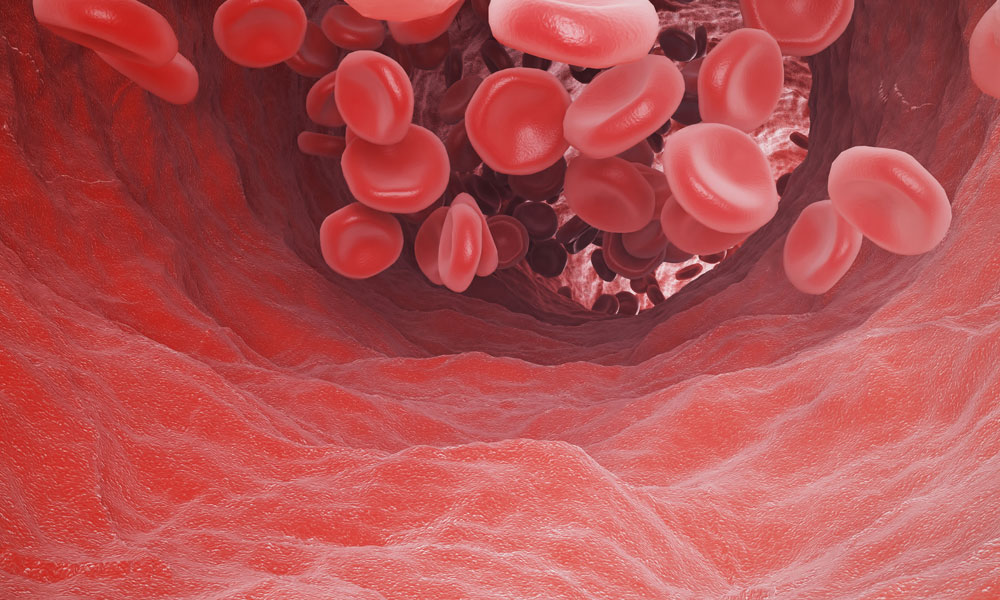Originally published in LabTalk (Volume 4, Issue 1, 2009), the quarterly newsletter of Aculabs.
JUPITER (Justification for the Use of Statins in Primary Prevention: an Intervention Trial Evaluating Rosuvastatin), a study published in the Nov. 20 edition of New England Journal of Medicine, showed that treatment with Statin could significantly reduce cardiovascular problems in apparently healthy people who have normal but relatively high levels of high sensitivity C-reactive protein (hs-CRP). What is CRP? And why hs-CRP?
C-Reactive Protein (CRP), a protein made by the liver, was discovered in 1930 by William Tillett and Thomas Francis; however, the cardiovascular interest in CRP did not peak until 1997 with the publication of a prospective evaluation of CRP performed within the Physicians Health Study (PHS). In that study, baseline CRP concentrations were significantly higher among those who subsequently went on to have myocardial infarction or stroke than among those who did not. As a result, CRP became an important risk factor, partly because of the growing interest in local inflammation within the atherosclerotic plaque and systemic inflammation, and because of some of the characteristics of CRP, which include stability, limited biological variation (excluding infection), availability of WHO standard, and the development of the high sensitivity assay.
The original or traditional CRP assays lack the sensitivity and cannot detect values below 3 mg/L, where most of the presumably healthy individual values will be reported. In the mid-1990s, the high sensitivity CRP (hs-CRP) assays were introduced; although CRP and hs-CRP measure the same molecule in the blood, the hs-CRP measures very small amounts of CRP in the blood and is ordered most frequently for seemingly healthy people to assess their potential risk for heart problems. It measures CRP in the range from 0.5 to 10 mg/L. The regular or traditional CRP test is ordered for patients at risk for infections or chronic inflammatory diseases; it measures CRP in the range from 10 to 1000 mg/L.
High levels of hs-CRP consistently predict recurrent coronary events in patients with unstable angina and it is used to assess the outcomes and risk of developing myocardial infarction, and are also associated with lower survival rates in these patients. In addition, more aggressive treatment strategies are used in patients at increased risk based on hs-CRP values. Studies also suggest that higher levels of hs-CRP may increase the risk that an artery will reclose after it’s been opened by balloon angioplasty.
The following is the American Heart Association (AHA) and the CDC “Recommendations for Clinical and Public Health Practice” in regard to laboratory test:
- hs-CRP, of current inflammatory markers identified, has the analyte and assay characteristics most conducive to use in practice;
- Measurement of markers should be done twice (averaging results), optimally two weeks apart, fasting or non-fasting in metabolically stable patients.
- If hs-CRP level is >10 mg/L, test should be repeated and patient examined for sources of infection or inflammation
- hs-CRP levels, using standardized assays, categorize patients as follows:
Relative Risk Category and Average hs-CRP Level:
- Low <1 mg/L
- Average 1.0 to 3.0 mg/L
- High >3.0 mg/L
Thus hs-CRP results should be expressed as mg/L only.
As of 1/12/2009 Aculabs will be reporting hs-CRP in mg/L unit to follow AHA guideline.
– Dr. Rita Khoury
[hr]
Have a topic you’d want our Lab Director to cover in future posts? Send suggestions to info@aculabs.com!


Leave A Comment
You must be logged in to post a comment.